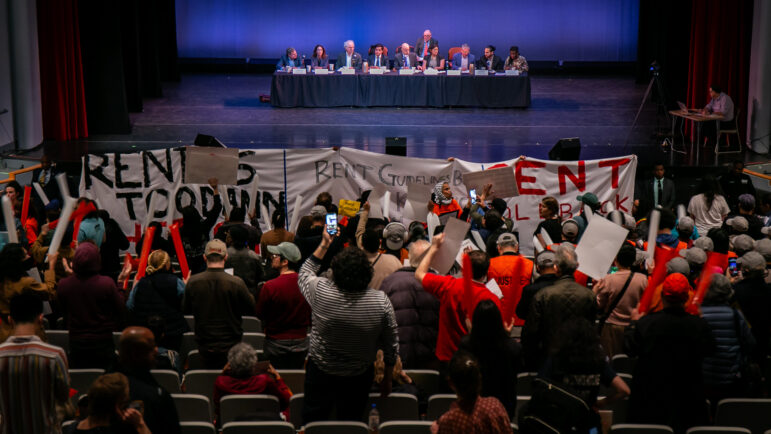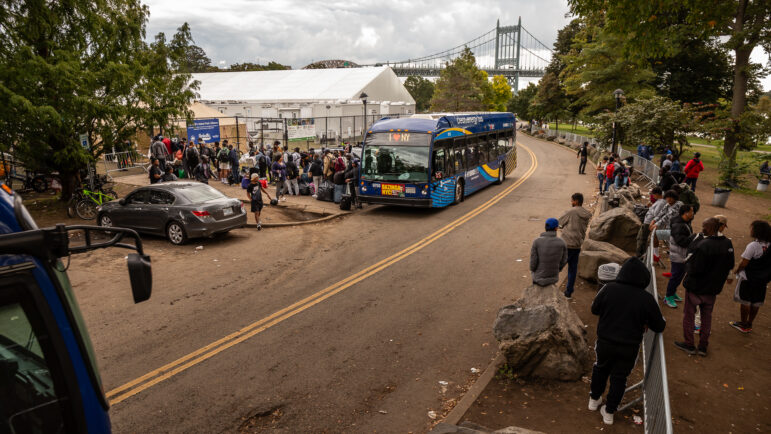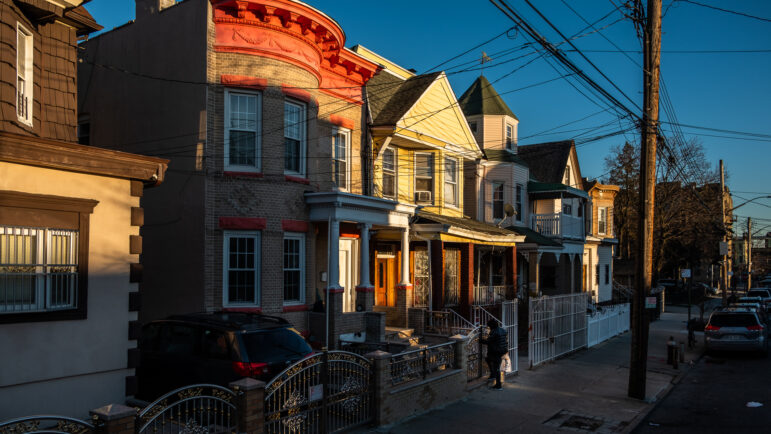The numbers are in. A month after sending hundreds of volunteers out across Manhattan on a cold February night, the Department of Homeless Services announced Friday that it had counted 1,780 adults sleeping on the streets or in parks or subway stations with no place else to go.
Many advocates for the homeless criticized the numbers as too low — particularly since the 1990 Census found 6,102 homeless people living on the streets of Manhattan, a count widely agreed at the time to be inaccurately small. DHS Commissioner Linda Gibbs stood by her numbers and said they would help her agency determine how to better serve New Yorkers living on the street. “We will be conducting this survey repeatedly,” she said, “because what you measure is what you manage.”
But while her staffers work to perfect the on-the-street head count, they face another, perhaps larger numbers challenge that is directly tied to the agency’s financial future: creating a massive computer registry.
Beginning in October 2004, the federal Department of Housing and Urban Development, under a congressional mandate, will begin requiring localities to implement a management information system in an effort to count people living on their streets. In essence, all homeless people who use public services will be registered, confidentially. If a homeless individual seeks help at an emergency room, and then goes to a shelter to get help, “There is no way of knowing that this is the same person,” said HUD spokesperson Brian Sullivan. With a central computer information system in place to track who is getting services and what services they are getting, he said, “We can more effectively target resources to where they are needed most.”
According to HUD, DHS has just begun to figure out exactly what New York City’s information system will look like. While a HUD staffer said localities will not be penalized immediately if systems are not in place, ultimately the data cities provide will be used to determine how much federal funding they get for programs. New York City received $67.4 million in 2002. Sampling counts like the DHS’, said Sullivan, “are not quite as authoritative” as a comprehensive data system.
Gibbs says she’ll be putting her new data to work immediately, to rearrange some of her agencies programs and services. For starters, she said, she hopes to increase capacity at drop-in centers, where homeless men and women go to sit, have a cup of coffee or talk to a counselor, at a daily cost to the city of about $41 per client. She anticipates a $20 million increase in her budget — to $660 million — for the next fiscal year.
She also intends to use the data to help redirect DHS outreach workers’ efforts, and to work with organizations in targeted communities to create action plans for coordinating homeless services in their districts. Inspired by a three-year-old effort overseen by Common Ground in Chelsea and Hell’s Kitchen, the neighborhood-based pilot program would bring groups together to conduct their own counts, and to work toward transitioning homeless people living on the streets directly into supportive housing or residential treatment centers. Common Ground’s most recent count found close to 500 people in a 250-block area.
In an attempt to nail down a citywide figure, DHS plans to oversee studies in two more boroughs this fall, again in Manhattan next February, when it will add subway cars to the study, and in the other boroughs next fall.
While she hopes the city does not look to the survey results for an exact number, which she believes to be low, Beverly Cheuvront of the Partnership for the Homeless said, “The idea of using street outreach is one of the best ways to build relationships with people on the street and get them into services. We hope that the city will put more of an emphasis into that.”








